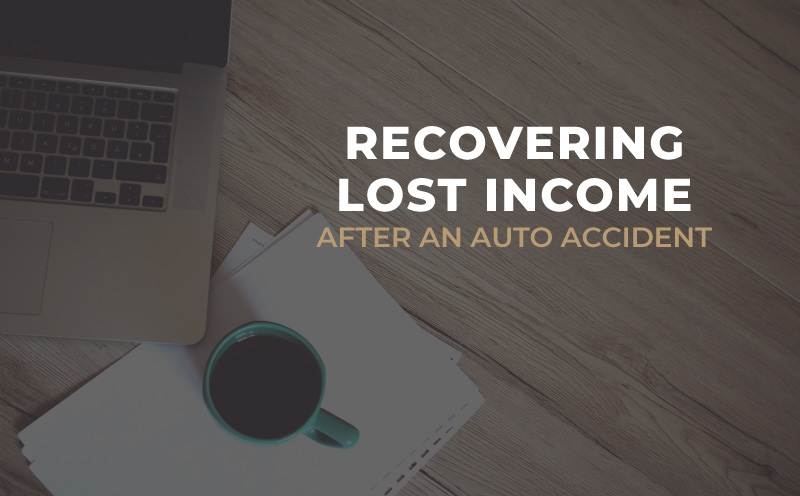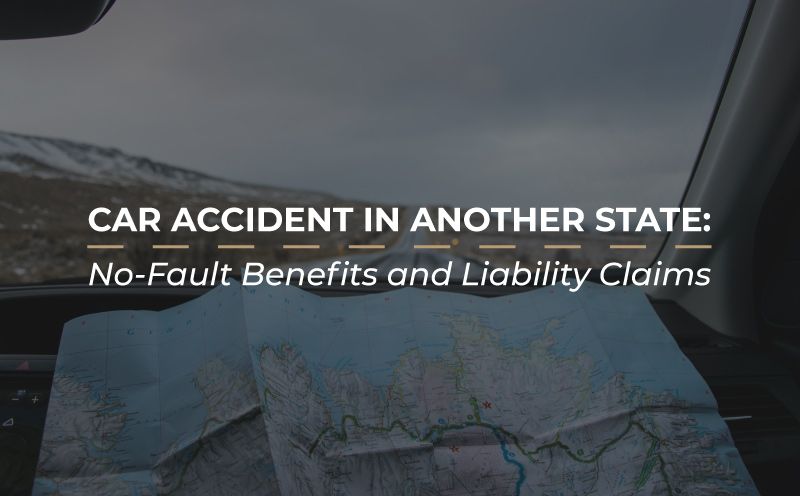Recovering Lost Income in the Wake of a Crash

In the months and years following the Michigan 2019 Auto No-Fault reform, there has been a lot of talk about how it affects the coverage of medical bills. Another important piece to consider is recovering lost income under the new auto no-fault laws. Grand Rapids Car Accident Attorney Tom Sinas recently appeared on Fox 17’s Know the Law to explain what drivers need to know if they get into a crash, and can’t work while they recover.
Recovering Lost Income: Work Loss Benefits
Since Michigan is a no-fault state, motorists involved in a crash who have access to no-fault insurance can seek what are called work loss benefits. This benefit will help cover lost income should the injured person not be able to work following the crash. With this benefit, it does not matter if the injured person causes the crash, and the benefits are usually paid under their own policy. Generally speaking, the insurance company will cover 85% of the pretax gross pay of the person who is injured. An important reminder: this benefit is subject to a monthly cap. This monthly cap is set in September and runs from October 1st through September 30th of the following year. The current monthly cap effective October 1st, 2022 is $6,615. For an injured person to receive that amount, they must be able to prove that they normally would have received that much income prior to the crash.
Recovering Lost Income: Governmental Benefits
Another way a crash victim may receive income loss coverage due to a crash is through what is called a governmental benefit. These types of benefits can include workers’ compensation when the injury occurs during a crash while on the job; they can also include social security disability when someone who is injured can’t go back to work for a long period of time. Other governmental benefits can include social security survivor’s benefits and certain kinds of veterans or military benefits.
What motorists should understand is that their no-fault insurance can offset the no-fault insurer’s obligation by the amount of the governmental benefit. For example, if an injured person is claiming $4,000 a month in no-fault work loss benefits, but receives $2,000 from workers’ compensation, their no-fault insurance will cover the remaining $2,000.
Recovering Lost Income: Excess Loss Claims
There’s another consideration for motorists injured in a crash who have lost income because they can’t work. This is what’s called excess loss and includes those who either can’t return to work after three years, which is the maximum length of time they can receive compensation under their own no-fault insurance, or they make more than the monthly cap set for their no-fault benefit. A driver in this situation might have the option to claim those additional economic losses in their liability claim, which they can only file if they weren’t the one who caused the crash.
What’s important to understand is that when you’re involved in a crash that leaves you injured and unable to work, you need to make sure you understand the full picture, because coverage of your losses may be coming from several different places. If you’ve been injured in a crash, and think you need representation, you can click here to get a free consultation.





